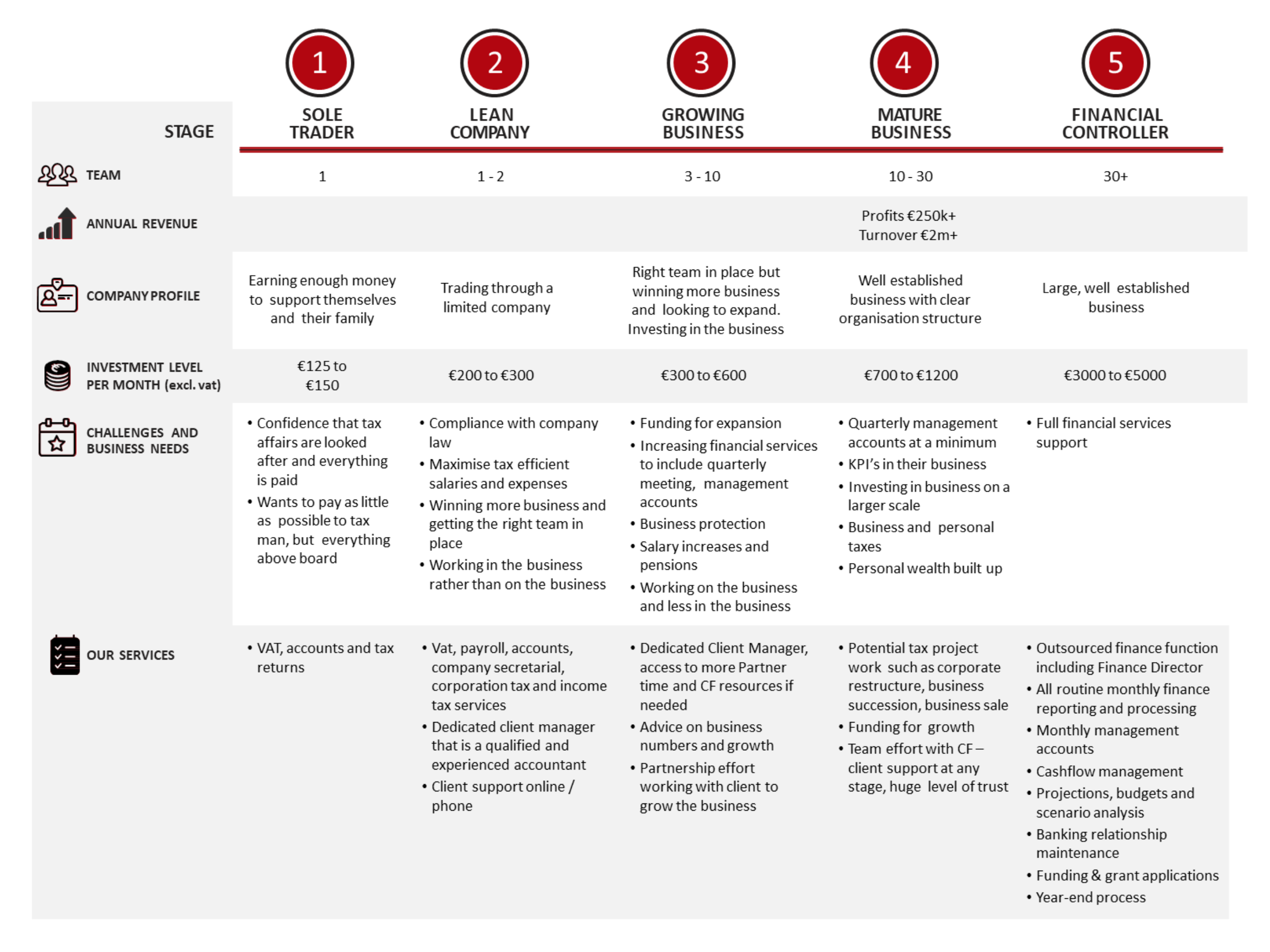This week, I’ll look at a director’s current account and try to explain what it is and how it works. Looking at some of the advantages and pitfalls, so you’ll know what you can do and what’s best to avoid. The main focus will be on
- What is a Director’s Current Account
- Enda owes his company
- Planning opportunities
- Paperwork
What is a Director’s Current Account
A director’s current account records financial transactions between the director and their company. It tracks funds lent by the director to the company and money taken by the director from the company. As such, the director will be owed money by their company (a creditor), or the director will owe money to the company (a debtor)
Enda Halitosis owns 100% of Halitosis Enterprises Ltd. He set up the company in early 2025. To help with the initial costs, he put €20,000 into the company from personal funds. The company uses that money to buy stock, build a website, for insurance, and other start-up costs. So Halitosis Enterprises Ltd owes Enda €20,000. He is a creditor of his company and has a credit balance on his director’s current account.
As 2025 is the first year of trading, Enda wants to keep as much money as possible in the company. He’ll live off savings for the first two months of 2025, but will need an income in March of €4,500 to pay for living costs.
Maximise lower rate bands
To maximise his lower rate band of 20% Enda can earn up to €44,000 in 2025.
| Salary | €44,000 |
| Tax x 20% | €8,800 |
| Less Tax credits – Single | (€2,000) |
| Earned Income | (€2,000) |
| Net Tax | €4,800 |
| Add USC & PRSI | €2,681 |
| Total Tax | €7,481 |
| Net Salary | €36,519 |
| Per month for 10 months | €3,652 |
To get to the net monthly income of €4,500, there is a shortfall of €848. Enda decides to fund the shortfall by taking €848 a month from his director’s current account. This helps keep the payroll taxes bill down as he isn’t going into the higher tax bracket of 40%. Plus, he’s owed this money from the company, and there are no tax implications of taking it.
Assuming no other transactions, the company will have repaid Enda €8,480. His director’s current account balance at the end of the year will be €11,520. In the company’s balance sheet, he will sit as a creditor. The company owes Enda €11,520 at the end of its financial year.
2026
We roll into 2026. Enda’s company is doing well, but he wants to keep things as efficient as possible, so he keeps the same salary. His monthly net salary for 12 months is €3,043. To make up the shortfall, he increases the monthly DCA repayment to €1,457. By the end of July, Enda will have taken a further €10,200, leaving a balance owed to him of €1,320. He takes that balance in August to clear his DCA. Rather than overdraw from the company and owe the company money, he increases his salary to give him a net €4,500 a month.
At the end of October 2026, Enda borrows €10,000 from the company to fund a personal tax bill.
Enda owes his company
At the end of 2026, Enda owes his company €10,000. As he owes this money to the company, he will sit as a debtor in the balance sheet of the company’s accounts. Given that he now owes money to the company, this has tax implications and company law issues.
Benefit in Kind
Enda will be liable to BIK on the loan at 13.5% per annum. If it were for a house purchase or repair/improvement, the rate would be 4%. This should go through payroll. If it isn’t captured through payroll, it would go into his Income Tax return Form 11 for 2025. The BIK amount is
| €10,000 x 13.5% | €1,350 |
| 2 months 1/6 | €225 |
Income Tax
As part of the company’s corporation tax liability for 2026, the company must pay income tax on the loan. You gross the loan up by 20%. Per tax rules, the net loan of €10,000 is 80%. Divide by 8 and multiply by 10 gives you the gross loan of €12,500. Income Tax on that at 20% is €2,500. It’s the same as applying a 25% rate of the net loan.
When Enda repays the loan, the company can apply to Revenue for a refund of the Income Tax paid. Also, if Enda repays the loan before the corporation tax return filing deadline, the company doesn’t pay the Income Tax. The CT filing deadline for the year ended 31 December 2026 is the 21st of September 2027.
In this case, let’s assume he doesn’t repay the loan by the CT filing deadline. He repays the loan in late December 2027. In the 2027 CT return, there would be an entry in that to look for a refund of the income tax deducted for 2026. There is an “amendment to a prior accounting period” section where the information goes.
Enda will also be liable to BIK at 13.5% for the full year 2027, which comes to €1,350.
Company Law
A company law rule is that a company cannot loan more than 10% of its net assets to its directors. Once the net assets of Halitosis Enterprises Ltd are more than €100,000, then Enda is ok. If they are not, then Enda hasn’t complied with company law. By not complying, he could be personally liable for the company’s debts.
Planning Opportunities
Planning opportunities can exist when transferring a business into a company. If the existing business has goodwill, the value of that can create a greater DCA balance owing to the directors. This is very much on a case-by-case basis. It will depend on many factors, but some of those include
- Is there a brand
- Is there one person involved in the business, or an owner with staff
- Is there a monthly or annual recurring income
- Can the business operate without the owner?
Revenue have been very clear to confirm that they will challenge any instances of individual goodwill. They have done this a lot with medical consultants over the last few years. We have worked with several businesses to value goodwill and transfer that asset to their company.
To stay on the right side of Revenue, there must be bona fide commercial reasons for the transfer. One commercial reason could be to secure funding for expansion. The bank will loan the money to you, but recommends that you form a company to take out the borrowing.
How does it work?
The first thing is to assess if there’s a brand there or not. If there is a brand or goodwill, you’ll need to value that. This would be a proper valuation using Revenue approved valuation methods. Here you are looking at the profits of the business over the last few years and applying a multiple to the average profits. Valuation methods will differ depending on the type of business it is.
Let’s say the future maintainable profit is €50,000 and the valuer thinks a multiple of 4 is right. The goodwill value of the business is €200,000. You transfer that asset, being the goodwill, to the company for €200,000. The company owes you €200,000. From a tax point of view, you disposed of an asset to your company. That disposal is liable to Capital Gains Tax.
If you meet the rules of Entrepreneurs’ Relief or Retirement Relief, you can either pay CGT at 10% or no CGT. If you are under 55, you are looking at ER. To get ER, you need to own the business for at least 3 years and have worked in it in a managerial or technical role for over 50% of your time. The goodwill didn’t cost you anything, so there’s no base cost. As a result, you would pay €20,000 CGT, but the company would owe you €200,000. You could take the €20,000 from the company to pay the CGT, and the company would still owe you €180,000.
Paperwork
To protect you and your company, the paperwork must be right. A transaction between you and your company is a connected party transaction. Any asset transferred should be at market value. For the transfer of larger assets like goodwill, a car or property, you need a valuation. You’ll have to assume that Revenue will look for it someday.
Any money or loans given to your company should be documented. This is a board meeting minute or a legal letter confirming the transaction. Every director should review their transactions with their company on an ongoing basis. This is to ensure you don’t end up owing money to your company. If you do, then you are into tax and company law headaches.
We find that the best-run companies have very few directors’ current account movements.
Want to make sure your company is tax-efficient? If so, start here


